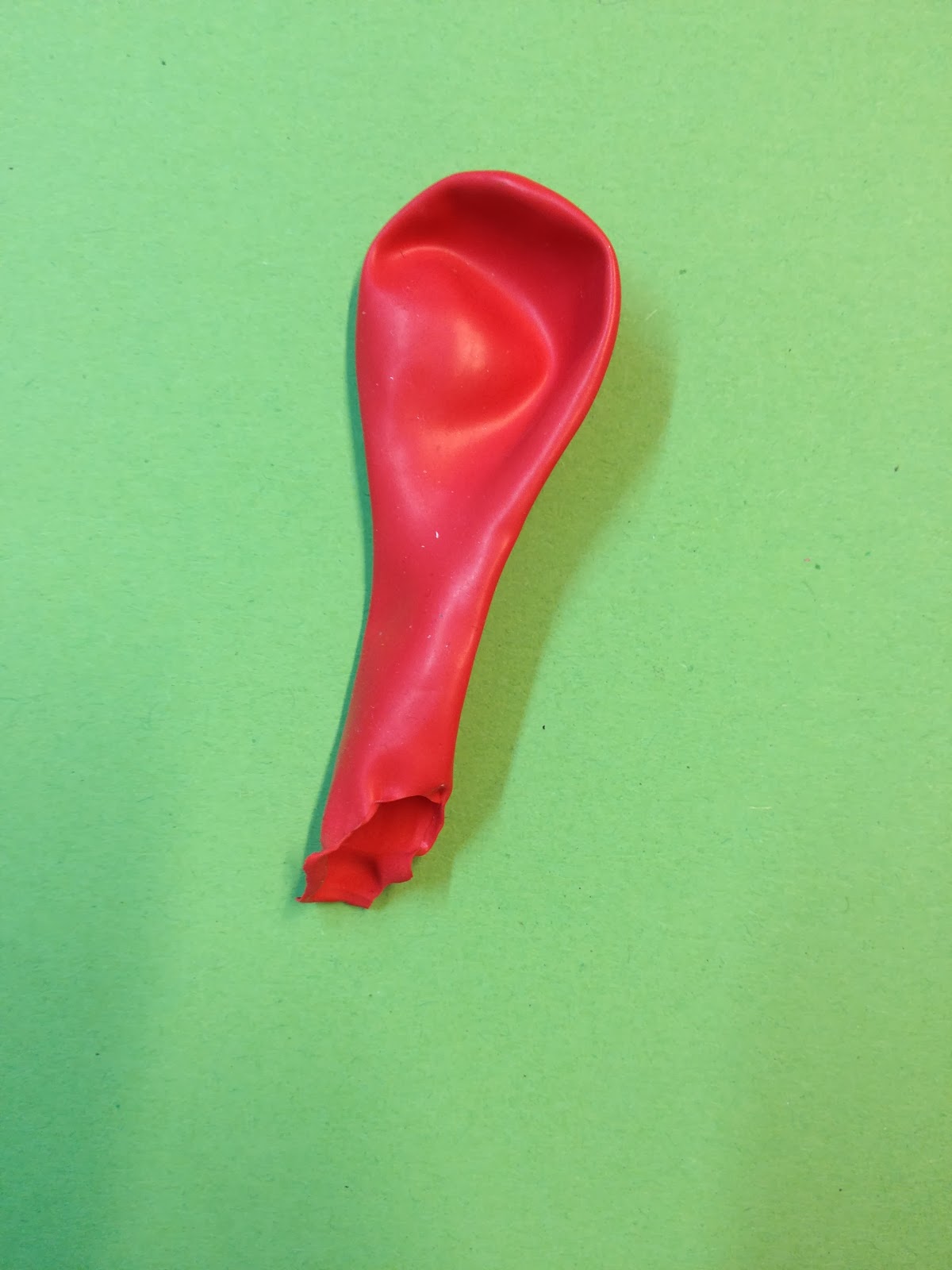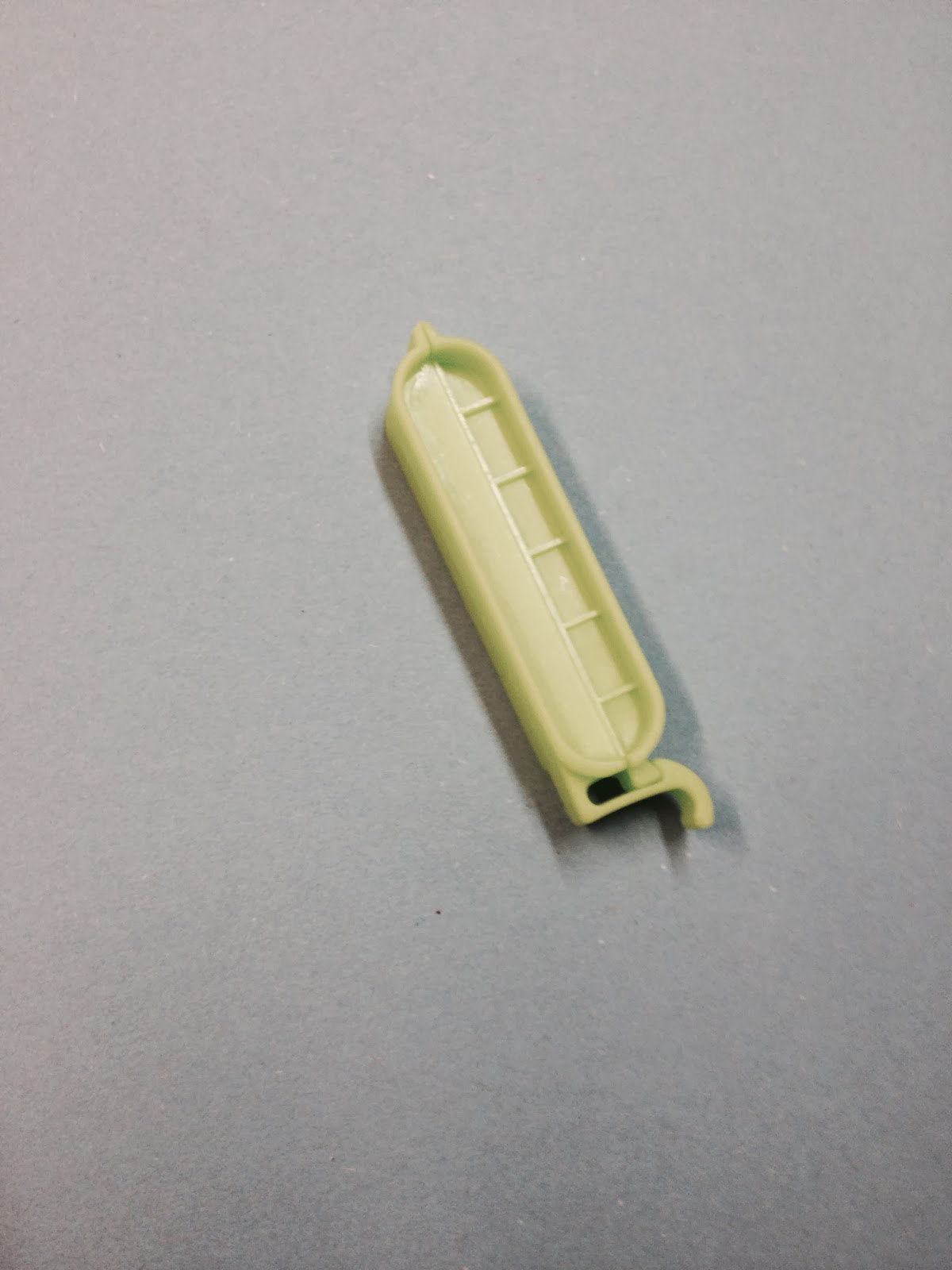After being given the on going brief by Fred to look further into type, and analyse it further by looking into different aspects of type and how it effects us day by day and the different purposes of type.
I started out my type journal by taking pictures of many different aspects of type, I intend to look further into the different categories of type and go down different paths to analyse it.
After a day trip to liverpool, I started to look at the type that is used to inform us of trains, and different locations of trains.
Below is a picture of the Merseyrail train information.
Researching further into train information, I started to look at the the font used for transport for london. As in my opinion, is the best place for transport, having the tube system in place that effectiavally transport thousands of people every day. After I looked further into the design of the font, I discovered that the font is "Johnston" that is used throughout london transport.
Features of the font include the perfect circle for the letter O and the diagonal square dot above the i. the punctuation marks are also based on the diagonal square dot. The capitals of the font are based on roman square capitals and the lower case are based on humanistic aspects of the handwriting use in Italy in the fifteenth century.
Other uses for the font includes the Tube map, Nameplates, and general station signing , as well as much of printed material that is issued by the underground ground and its successors.
I then started to look at british signs that use a specific font on the motorway and found out that there is a sans serif typeface that was first designed for road signs in the UK. It was created from 1957 and finished in 1963 by Jock Kinneir and Margaret Calvert as part work for the department of transport and Worboys committees.
The sans serif typefaces are used to give a clear and simple font that can be read and understood quickly. Sans serif typefaces are also used on the emergency signs that are used on the train that I also saw.
These emergency signs look official and are used for ease of reading, they are quick and too the point, they stand out from the rest of the text as they have a red background to symbolise danger and then the font is clear and precise so anyone in a rush can instantly read it.
Below are some General instructions, You can clearly tell this font isn't official warnings as the font isn't the same as the official signs. These warnings have a bold and chunky feel to them, and make them almost not official, meaning people may just ignore them, as they are not official notifications.
They have a bold font to try to get people to read them, however as this font is so different to the official ones, I believe the impact is lost.
I then noticed these signs, There is firstly a Caution, in a much larger scale than the actual message, this Caution would be used to capture the attention of the viewer. The uneven floor is in a much smaller type than the caution meaning it is less impacting and people could actually just ignore it, Once they see the caution they could actually just watch where they are stepping without looking at the fact there is an uneven floor.
There is also a bold sans serif font underneath that reads please keep your feet off the seats, It is a bold uppercase font that is used to give the meaning of importance. I looked into warning signs and they all include this bold sans serif font, with an uppercase message with the yellow background to capture your attention. I believe people will instantly see the colour and realise that it is a warning sign.
The warning signs above show the same style and typeface to warn people about different things, however they all include the same font to do this.
Below is a sign I saw trying to advertise a new house in the south of liverpool. The typeface used is a light font followed then a regular font underneath, the font is relaxed and suggests that it is a helpful and relaxed company, making the phone number seem more relaxed and easy to call.
When having a meal in TGI's, I saw this book, it contains 6 different typefaces that work together to create a range of types to suggest the shop has a range of foods, with different styles, there are italian pieces that are in italic, to further the idea of the dish being italic, and the american food are in a big bold font to suggest a big bold dish that is strongly american based.
The Guardian has been an icon of newspaper design since David Hillman's radical redesign
in 1988. In 2003, the management decided it was time for another drastic change, from
broadsheet to the smaller Berliner size
Above is a hand written font from Mr.Bingo, he creates hand rendered types to create this happy aesthetic feel to the design.
Spotting this frame type whilst going through a shop, I noticed it was a serif font, the serif font is seen as quite formal and suits the style the company is going for, it portrays a elegant company and shows the company to be more formal, rather than using a sans serif font, as it would make the company quality look less formal.








































































